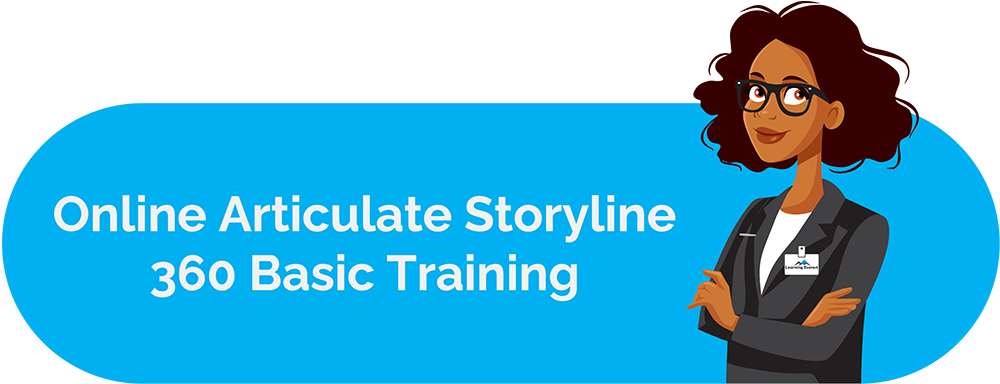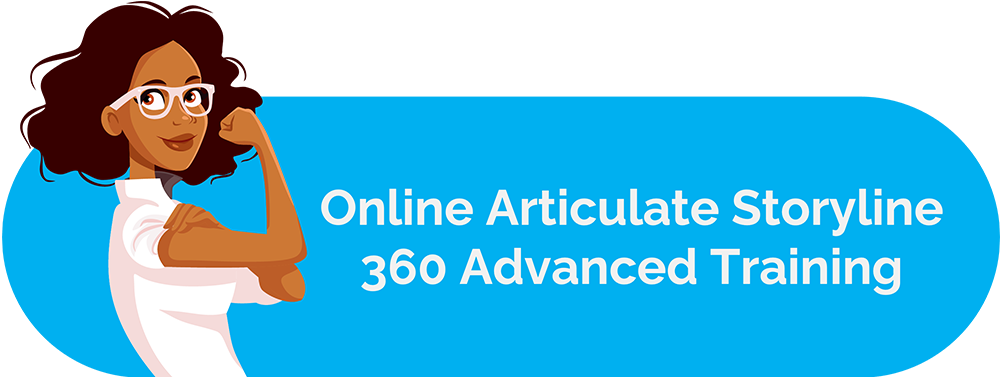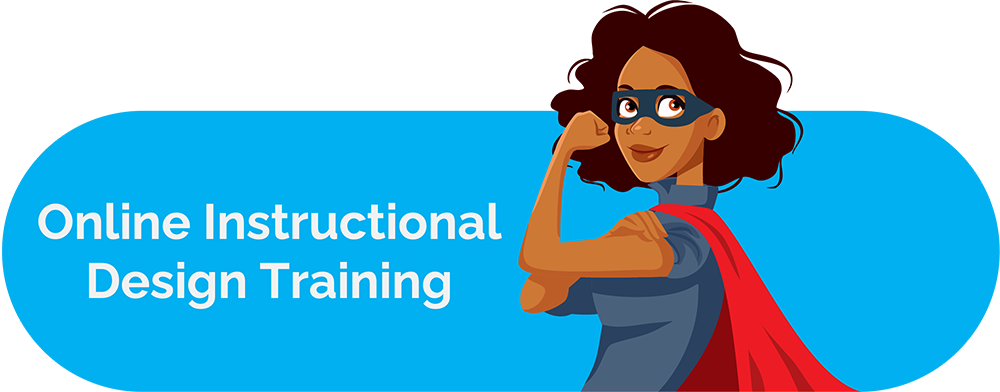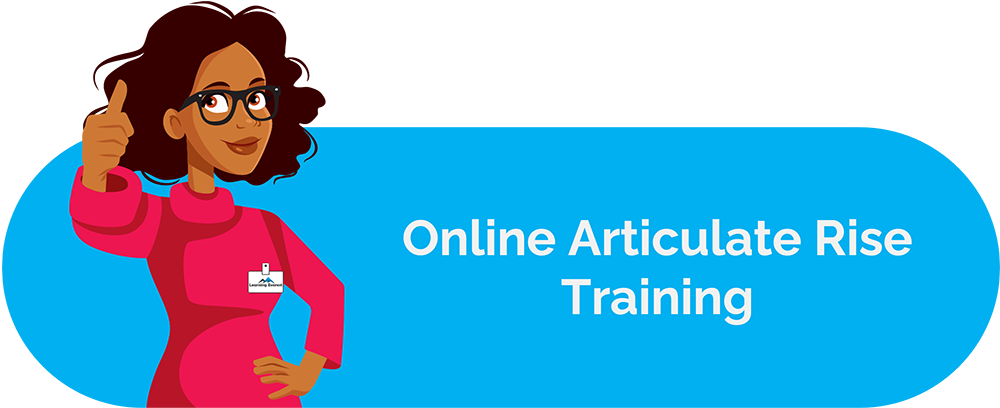A workplace is a confluence of diverse individuals collaborating to pursue common work objectives. Each employee upholds unique perspectives, behaviors, and dispositions, which may occasionally result in interpersonal conflicts. Dealing with conflict in the workplace is crucial for producing maximum outcomes in the organization. The following paragraphs discuss 8 beneficial tactics on how to deal with conflict in the workplace.
Table of Contents
- What is conflict?
- Probable Reasons for Workplace Conflict
- 8 Tactics on How to Deal with Conflict at the Workplace
- How to deal with conflict #Tactics 1: Respect opinions
- How to deal with conflict #Tactics 2: Culture of inclusivity
- How to deal with conflict #Tactics 3: Open Communication
- How to deal with conflict #Tactics 4: Regular Feedback
- How to deal with conflict #Tactics 5: Resolve the Core Cause
- How to deal with conflict #Tactics 6: Provide Training
- How to deal with conflict #Tactics 7: Documentation
- How to deal with conflict #Tactics 8: Ensure transparency
- Conclusion
- Infographic
- Knowledge Check!
- Frequently Asked Questions (FAQs)
- How to deal with conflicts in the workplace?
- What is a conflict?
- What is workplace conflict?
- What are the reasons for workplace conflicts?
What is conflict?
Conflict, according to the Cambridge Dictionary is “an active disagreement between people with opposing opinions or principles.” Workplace conflicts involve all types of disagreements and discord that occur between employees or management during and outside work hours. The conflicts that can take place in an organization can be interpersonal conflicts or intergroup conflicts and can vary from small tensions, and clashes to disputes. If not addressed or managed at the appropriate moment, it can hinder the overall productivity and outcomes of the organization.
Probable Reasons for Workplace Conflict
Organizations face workplace conflicts based on disagreements between two parties in diverse areas. These conflicts have their roots in many factors and some of the probable reasons for the conflict are:
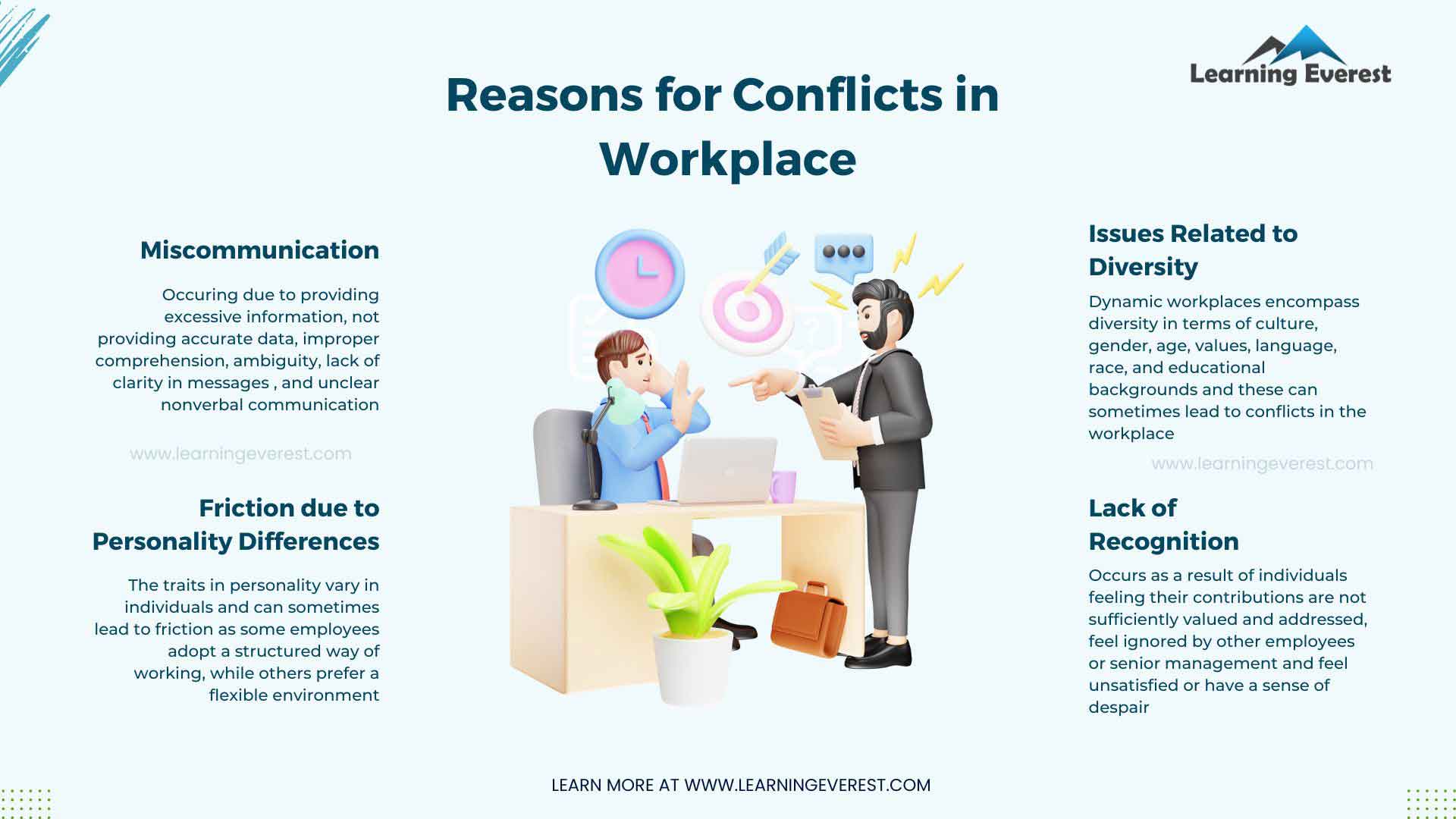
Reasons For Conflicts in Workplace
Miscommunication
Conflicts arising from miscommunication or misinterpretation are a major reason for workplace conflicts. These can occur as a result of providing excessive information, not providing accurate data, improper comprehension as a result of passive listening, ambiguity, lack of clarity in messages being conveyed, and unclear nonverbal communication. In addition to the human-oriented factors of miscommunication, technological issues, and malfunctions can lead to communication breakdowns and misinterpretations.
Friction due to Personality Differences
A team comprises employees with diverse personality traits such as outgoing and reserved, practical and imaginative, logical, spontaneous, highly creative, etc. These multifaceted traits in personality vary in individuals and can sometimes lead to friction as some employees adopt a structured way of working, while others prefer a flexible environment. According to the CPP Global Human Capital Report on Workplace Conflict, “49% of workplace conflicts are caused by personality clashes and ego issues.”
Issues Related to Diversity
Dynamic workplaces encompass diversity in terms of culture, gender, age, values, language, race, and educational background. Cultural misunderstandings and preconceived notions can sometimes lead to conflicts in the workplace. Although organizations embrace diversity and inclusion, conflicts concerning these differences arise due to differing mindsets. Resolving these conflicts is essential for the overall efficiency of the organization. Harvard Business Review states that “…increasing demographic diversity does not, by itself, increase effectiveness, what matters is how an organization harnesses diversity…”
Lack of Recognition
Lack of recognition is a major issue leading to conflicts in the workplace. This can happen as individuals feel that their contributions are not sufficiently valued and addressed, feel ignored by other employees or senior management leading to frustration, and feel unsatisfied or have a sense of despair. The conflicts arising from insufficient recognition can lead to employees leaving the organization or increased turnover negatively impacting overall productivity.
8 Tactics on How to Deal with Conflict at the Workplace
Conflicts in the workplace are inevitable but need to be sufficiently addressed or resolved at the right time. Avoiding and dealing with conflicts at work fosters relationships, increases productivity, and promotes opportunities for growth and innovation. Here are 8 beneficial tactics to be followed in organizations for maximized outputs.
How to deal with conflict #Tactics 1: Respect opinions
A key strategy in dealing with workplace conflicts is to respect the opinions of other employees. This encourages open discussions and instills a feeling of being valued promoting collaboration. In addition to individuals practicing respecting and valuing each other, organizations can ensure that they foster a respectful workplace culture.
How to deal with conflict #Tactics 2: Culture of inclusivity
Embracing a culture of inclusivity at the workplace is a vital strategy to be performed to deal with workplace conflicts. A whitepaper by Cleverpop found that “Inclusive decision-making leads to better decisions up to 87 percent of the time.” Inclusivity paves the way for supporting individuals with differences, promotes active listening, and encourages a safe and supportive environment promoting a productive workplace.
How to deal with conflict #Tactics 3: Open Communication
Promoting open and honest communication within the teams facilitates conflict resolution. Expressing concerns and resolving miscommunications are essential in identifying the issues at the initial stage and providing effective solutions. When workplaces encourage employees to be honest in expressing their thoughts and welcome them, it prevents misinterpretations and tensions.
How to deal with conflict #Tactics 4: Regular Feedback
Practicing unbiased, precise, and regular feedback is necessary to deal with conflicts in the workplace. Feedback sets the stage for clarifying the unclear issues and informs the employees of the necessary areas of change offering solutions. Apart from being a solution to dealing with conflicts, constructive feedback prevents conflicts from taking place.
How to deal with conflict #Tactics 5: Resolve the Core Cause
The best way to resolve a conflict is to identify the core cause and bring resolution. Focusing on the fundamental issue promotes addressing the real issue and reduces the probability of the issue arising the next time. Identifying the core cause involves choosing a mediator to create an overall analysis of the situation by gathering information from both parties involved in the conflict.
How to deal with conflict #Tactics 6: Provide Training
For the holistic growth and development of the workplace, organizations embrace various trainings. According to LinkedIn Workplace Report 2024, “8 in 10 people say that learning adds purpose to their work.” Besides the subject-specific training based on the roles of the employees, general training such as Conflict Management Training, Conflict Resolution Training, Cross-Cultural Training, DEI Training, Leadership Training, Problem-Solving Training, etc. acts as a medium to deal with conflicts at the workplace.
How to deal with conflict #Tactics 7: Documentation
Proper documentation of every aspect of work is one of the tactics to resolve the occurrence of conflicts and resolve the conflict that has happened. Along with serving the purpose of evidence supporting and opposing claims of the issues, documentation ensures fairness and consistency in every aspect of the work. Moreover, all the stakeholders when aware of the practice of documentation act accountable for their actions.
How to deal with conflict #Tactics 8: Ensure transparency
Ensuring every aspect of the work and internal communication within the organization is transparent is a fruitful way to deal with conflicts. Organizations can ensure transparency by providing regular updates, encouraging open communication and unbiased decision-making. Incorporating transparency builds mutual trust between the employees making the flow of work smoother.
Conclusion
To sum up, dealing with conflict in the workplace is essential for maintaining productivity and embracing a positive work environment. Conflicts can take place in an organization due to miscommunication, friction due to differences in personality traits and temperaments, issues concerning diversity, and lack of recognition. For the question of how to deal with conflict in the workplace, 8 tactics can be implemented. These strategies include respecting diverse opinions, fostering a culture of inclusivity, allowing open communication, and regular feedback, identifying and resolving core causes of conflicts to prevent future disputes, upholding the practice of documentation, and ensuring transparency. By implementing these tactics in the workplace, organizations can prevent and reduce potential conflicts and foster a culture of inclusive workspace.
Infographic
Knowledge Check!
Frequently Asked Questions (FAQs)
How to deal with conflicts in the workplace?
To deal with conflicts in the workplace adopt the tactics of respecting diverse opinions, fostering a culture of inclusivity, allowing open communication, and regular feedback, identifying and resolving core causes of conflicts to prevent future disputes, upholding the practice of documentation, and ensuring transparency.
What is a conflict?
Conflict, according to the Cambridge Dictionary is “an active disagreement between people with opposing opinions or principles.”
What is workplace conflict?
Workplace conflicts involve all types of disagreements and discord that occur between employees or management during and outside work hours.
What are the reasons for workplace conflicts?
Conflicts can take place in an organization due to miscommunication, friction due to differences in personality traits and temperaments, issues concerning diversity, and lack of recognition.



